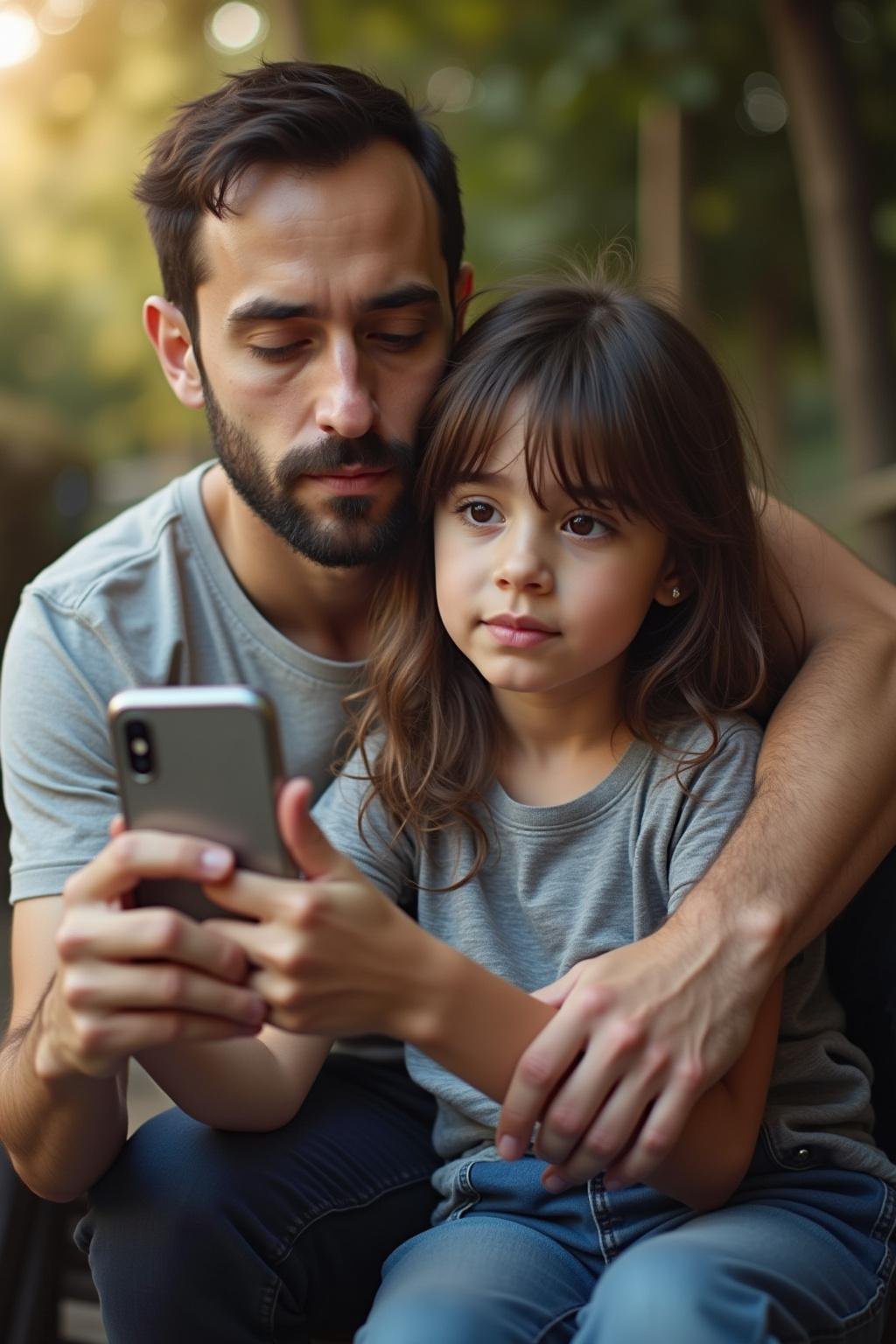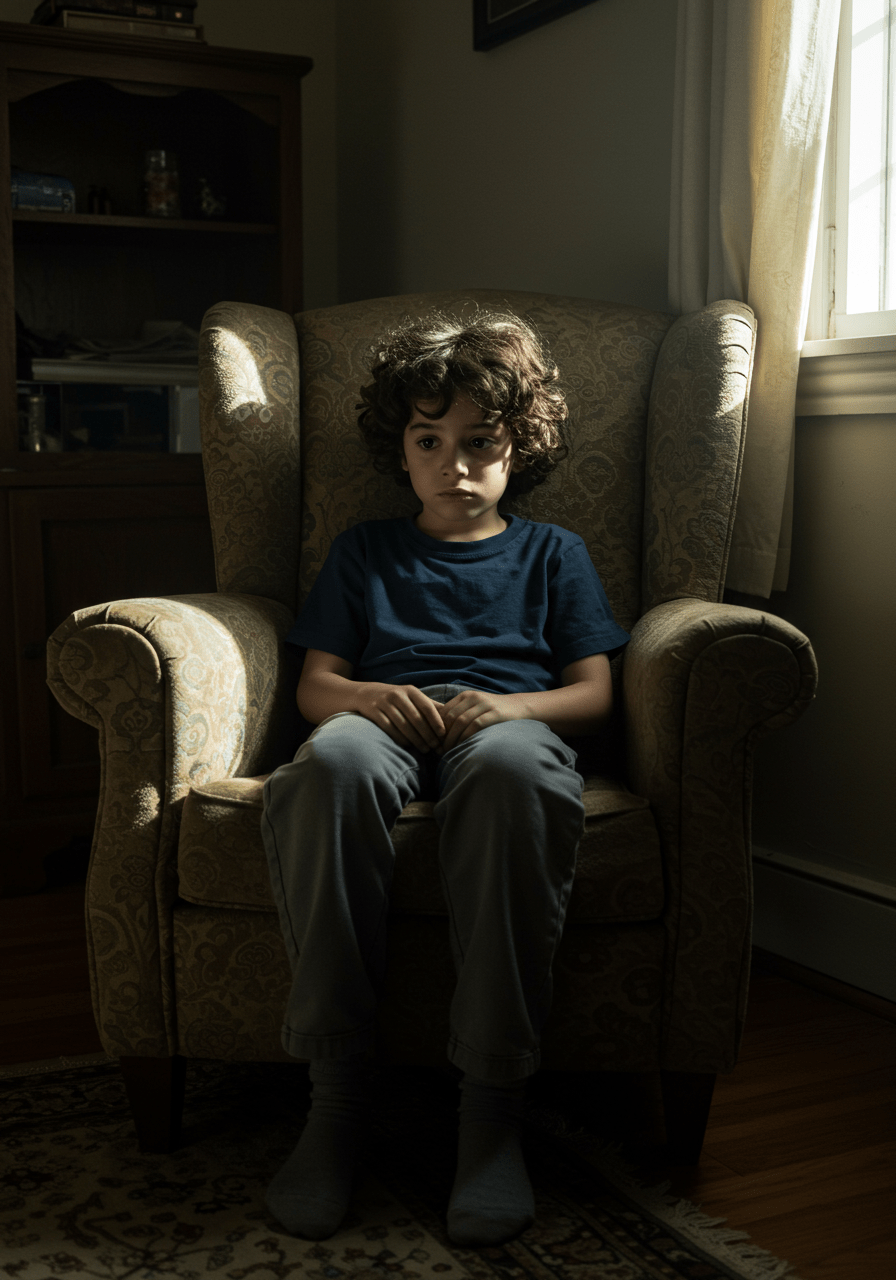1. Introduction
Sexual shame rooted in childhood conditioning is a profound issue that quietly impacts many individuals, influencing their self-esteem, emotional well-being, and their ability to enjoy fulfilling relationships. This ingrained shame often manifests as feelings of guilt, embarrassment, or unworthiness surrounding natural sexual feelings. Understanding how childhood experiences shape our perceptions of sexuality is crucial for healing. Exploring the origins of sexual shame, recognizing its effects, and implementing effective strategies can help reclaim confidence and foster a healthy, positive expression of sexuality. For those seeking comprehensive guidance on emotional healing, consider exploring The Inner Work of Relationships: An Invitation to Heal Your Inner Child and Create a Conscious Relationship Together.
2. What Is Sexual Shame From Childhood Conditioning?
Sexual shame from childhood conditioning refers to the feelings of guilt, embarrassment, or unworthiness that become embedded during early developmental years. These feelings are often shaped by societal, familial, or cultural influences that depict sexuality as taboo or shameful. As a result, individuals grow up associating their natural sexual impulses with negativity, which can lead to emotional struggles later in life. Developing a healthy understanding of sexuality requires addressing these long-standing beliefs. Tools like the recommended relationship workbooks can assist in navigating these complex emotions.

3. The Roots of Childhood Sexual Shame
Delving into the origins of sexual shame helps illuminate pathways to healing. Common sources include:
- Familial Messages: Often, parents or guardians unintentionally pass down negative beliefs about sexuality by suppressing or shaming discussions at home. Establishing open communication and understanding family influences can be instrumental, especially when engaging with tools like The Seven Principles for Making Marriage Work.
- Cultural Norms: Cultural taboos reinforce shame around topics such as masturbation, puberty, and intimacy. Challenging these norms is a vital step towards sexual liberation.
- Religious Beliefs: Some teachings associate sexuality with sin or moral failure, which creates internalized guilt that persists into adulthood. Exploring these beliefs with supportive resources can aid in healing.
- Trauma and Abuse: Childhood sexual abuse or negative experiences often embed deep shame and fear, necessitating professional support for recovery.
4. How Childhood Conditioning Affects Adult Sexuality
The impact of unresolved childhood sexual shame extends into adulthood, affecting relationships and self-perception. Symptoms can include:
- Difficulty achieving intimacy or trusting partners due to fear or shame
- Guilt or self-judgment about sexual desires, often stemming from internalized messages
- Avoidance of sexual activity or engaging in compulsive behaviors as a coping mechanism
- Low self-esteem related to body image and sexual confidence

5. Strategies to Heal Sexual Shame From Childhood Conditioning
Overcoming childhood sexual shame involves a comprehensive approach that nurtures emotional healing. Here are essential strategies:
Recognize and Acknowledge the Shame
The initial step in healing is to identify feelings of shame and trace their roots. Practicing self-awareness helps challenge ingrained beliefs and prepares you to address them. Utilizing resources like Why Men Love Bitches can provide insights into healthy self-esteem and boundaries, aiding this process.
Seek Therapeutic Support
Working with a qualified therapist who specializes in trauma, sexuality, and inner child work can facilitate deep emotional processing. Therapy sessions help reframe negative narratives and cultivate self-compassion. Exploring local or online therapy options can be a worthwhile step in your healing journey.

Practice Mindfulness and Self-Compassion
Mindfulness meditation and self-compassion exercises are powerful tools for emotional healing. Regular practice helps individuals observe negative thought patterns without judgment, fostering acceptance. Consider using RISKY COUPLES game for date night to explore intimacy and positive interactions in a safe, playful environment.
Establish Healthy Boundaries and Positive Experiences
Creating safe, positive sexual experiences and setting clear boundaries are vital for fostering a healthy relationship with sexuality. This process promotes feelings of safety, respect, and self-worth, all essential in reversing childhood shame.
6. The Power of Freedom: Breaking the Chains of Childhood Shame
Healing is about reclaiming your personal power and rewriting your narrative. Visualize breaking free from the shackles of childhood conditioning, symbolized below by a broken chain. This act of liberation empowers you to forge a new, positive relationship with your sexuality, free from shame and guilt. Supplements like A Smart Girl’s Guide to Friendship Troubles can support self-awareness and emotional resilience.

7. FAQs About Healing Sexual Shame From Childhood Conditioning
How can I identify if childhood sexual shame is affecting me?
If you often experience guilt, fear, or avoidance related to sexuality, these feelings may be tied to childhood conditioning. Reflecting on your beliefs and emotional responses, or consulting a mental health professional, can provide clarity and direction in your healing process.
What are effective ways to start overcoming sexual shame?
Begin with self-awareness, acknowledging your feelings without judgment. Seek out therapy specializing in trauma and sexuality, practice mindfulness, and gradually engage in positive sexual experiences. Resources like The Inner Work of Relationships can give valuable guidance.
Can healing from childhood sexual shame improve my adult relationships?
Yes, healing fosters trust, better communication, and authentic intimacy. It helps you build relationships based on mutual respect and understanding, enhancing overall relationship satisfaction.
8. Conclusion
Overcoming sexual shame from childhood conditioning is a transformative journey that empowers individuals to embrace their sexuality with confidence and self-love. By exploring its roots, engaging in healing practices, and seeking supportive resources and tools like relationship workbooks, you can break free from the limiting beliefs of the past. Remember, healing is within your reach—rediscover the authentic, joyful expression of your sexuality and cultivate relationships built on trust, respect, and love. For additional insights, explore the impact of cultural taboos on relationships and the importance of aftercare in intimacy.


3 thoughts on “Sexual Shame From Childhood Conditioning – How to Heal It”